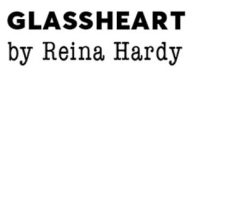
If you’re like most actors, you’ve probably done the “crazy audition scramble,” desperately searching online for that perfect monologue… and coming up short.
We’ve been there too. That’s why we created this massive, free monologue library to help you cut through the noise.
With hundreds of free monologues for actors, including dramatic, comedic, and original pieces, you can find the perfect script for auditions, acting class, self-tapes, or scene work. Browse by gender, tone, or genre to find something that fits you!
Recently Added Monologues on Daily Actor
How to Pick a Monologue That Works for You:
- Choose the Type of Monologue That Suits Your Character Type: Consider your age, gender, and the type of characters you excel at portraying. It also should align with your strengths as an actor and allow you to fully embody the character you are portraying.
- Keep It Short: In audition settings, time is often limited, and you’ll often be asked to keep it perform a one or two-minute piece. Keeping it short ensures that you can effectively convey that character and engage the people behind the desks from beginning to end.
- Have a Clear Objective: A compelling monologue should depict a character actively pursuing an objective. Choose a piece where the character wants something from another character, creating a sense of tension and immediacy. This will add more depth to your performance.
- Try and Choose One with an Arc: A well-crafted monologue should have a structure that has a clear beginning, middle, and end. It should tell a story and allow you to showcase your versatility as an actor.
- Bring the Funny: While audition monologues can be dramatic or serious, incorporating humor can be used to your advantage. Look for something that has some comedic elements, even with one that might have a serious context. Humor has the ability to lighten the mood.
- Always Read the Play or Script, if Available: If you can, take the time to read the entire play or script from where the monologue is taken. You’ll get a deeper understanding of the character’s motivations, relationships, and context of the story.






